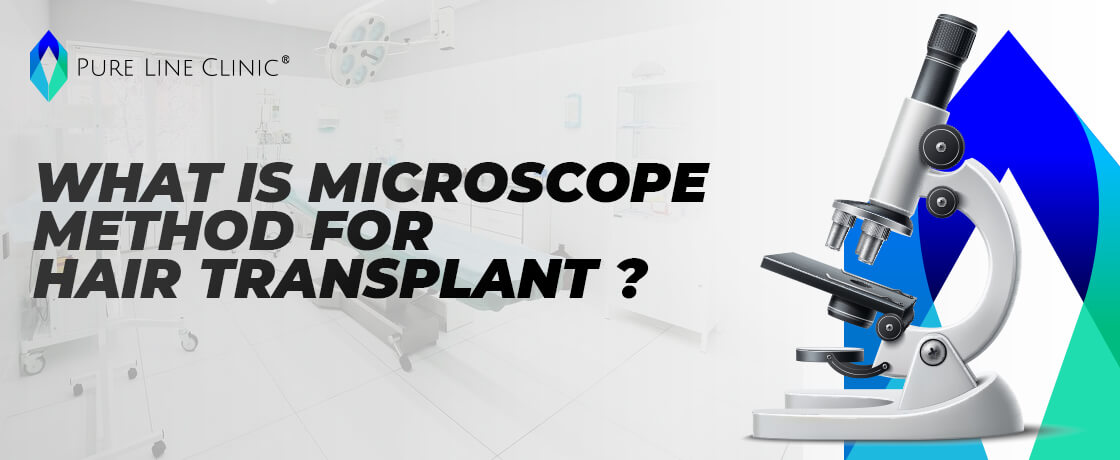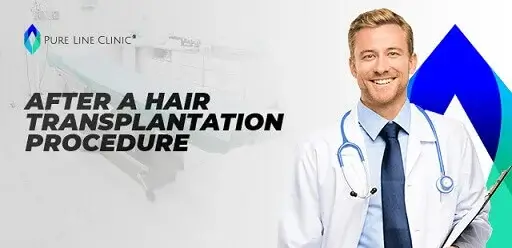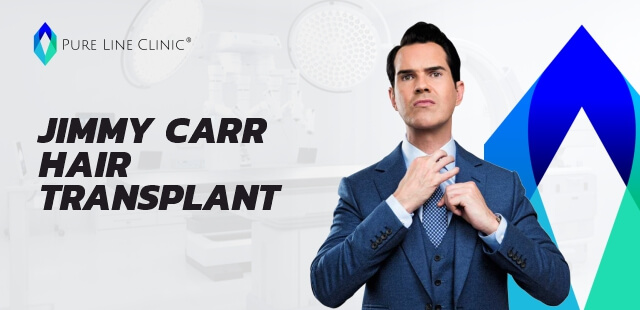
What is the Microscope Method for Hair Transplant ?
Hair transplantation was a long way from the times of Punch Hair Transplant by Dr Orentreich in the 1950s to the Follicular Unit Hair Transplant (FUT) in the 1990s and the more modern Follicular Unit Extraction (FUE) procedure. With the invention of FUE, the hope of 'no noticeable scarring in the donor field now seems like a probability.
Most surgeons were shocked at the magnitude of the follicular activity that resulted in the "blind" cutting of several strips with multi-blade blades and the latest dissecting tools. It was estimated that nearly 25% of the follicles were traumatised in some instances and that, even for the most skilled surgeons, this statistic was around 10%. In their defensive line, the multi-stripe surgeons referred to the work of J.C. Kim of Korea, who experimentally showed that much of the transected follicles gradually regrow hair.
Dr developed strip dissection under stereoscopic microscopes. Bob Limmer of Texas 1987 tried to give the operator an unparalleled view of the excreted scalp tissue and the personal hair follicles. Microscopic dissection, however, ranged only about 150-200 grafts per hour and significantly increased the number of staff considered necessary for each process. As a result, there was a great deal of initial resistance to the new microscopic methods, and the experts were slow to adopt this diligent technique.
Afterwards, however, David Seager of Toronto wrote a whole book and eloquently more about technique, and Drs. Bernstein and Rassman, and many others took it even further. Dissection teams of ten or more support staff became common, and 2-3 extra assistants were needed for graft transplantation.
What to Know Before Microscopic Hairline Reconstruction
- The hair follicles in the hairline should be chosen in advance and implanted with absolute accuracy.
- Hair follicles chosen for hairline are evaluated under magnification to ensure that they are single-haired follicles.
- The hair follicles should be positioned in the correct position and depth.
Summary
It is important to note that the surgeon's expertise is as critical as the actual surgical method with all hair restoration procedures. An advanced and professional surgeon will typically foresee and take action to prevent any cosmetic and psychological complications before they occur. Hair transplantation is indeed a form of art as a science, and those who neglect that in a rush of innovation and expanded workforce levels are doomed to failure.
The grafting of follicular units indeed prevails at present, with meticulous dissection under stereoscopic microscopes, as that of the "gold standard." It's impossible to imagine anything being done in the future. However, it is important that the surgeon remains attuned to the particular sensitivities and desires of each patient and not treat him as a mere "client" to be handled by a semi-automated surgical line of production.

How to Remove Scabs After the Hair Transplant?
Some patients might begin to worry if the scabs after a hair transplant don’t remove after a few days.

Gordon Ramsay Hair Transplant
Gordon Ramsay is well-known throughout the world for the delectable food he prepares and serves on cookery programs.When Gordon Ramsay noticed his hair was thinning in the front and falling out, he made the decision to have hair transplantation.

Alopecia Risk Factors and What to do Them
Alopecia is not always caused by genetics, although people with a family history of alopecia are at a higher risk of acquiring some kind of alopecia.

How Can I Find Best Hair Transplant in Turkey?
We are aware of how difficult it is to find the best hair transplant clinic in Turkey. To make this selection easier, let’s talk about the Pure Line Clinic ® difference.

Are You Looking For Free Hair Transplant Consultation Near You?
In the changing world conditions, there is no need for the clinic to be nearby for a hair transplant consultation.Pure Line Clinic ® provides this process remote for you free of charge.

After a Hair Transplantation Procedure
Patients need to pay attention to many issues to get the best result in the post-hair transplant process.

Is Hair Transplant Safe?
In general, a hair transplant is a safe surgery, however like with any surgical process, there is always a tiny risk of: bleeding. infection. a hypersensitivity to the anesthetic.

African American Hair Transplant
How to get natural hair transplant results for African Americans by addressing unique hair characteristics, the benefits of FUE, and Pure Line Clinic’s specialists who are experts in customized plans to restore density and confidence.

Hair Transplant Trypophobia
Around 10 million people in the UK are thought to have phobias, with trypophobia affecting one in every six adults. If you feel uncomfortable, anxious, or afraid when you see clusters of small holes together, you may be trypophobic.

Jimmy Carr Hair Transplant
Jimmy Carr is a British comedian, writer, actor, and television host. Jimmy Carr chose to have a hair transplant on lockdown days.

Shock Hair Loss After Hair Transplant
Shock hair loss occurs between the second and eighth weeks after a hair transplant surgery. At the point when your new hair enters a resting stage, the hair is shed.

Ultimate Hair Transplant FAQ Guide
We understand that deciding to undergo hair transplant surgery can be a big decision, and you likely have many questions. That’s why we’ve curated this guide to provide you with answers to the most commonly asked questions about hair transplant surgery.

Rob Brydon Hair Transplant
Has Rob Brydon undergone hair restoration? For you, we examined his hair loss and possible hair transplant surgery. View his hair’s development!

Can You Wear a Hat After Hair Transplant?
Most of specialists will advise you to hold off wearing a hat or cap for at least ten days. Your transplanted grafts must root in the balding areas for 7–10 days.

Antonio Conte Hair Transplant
Antonio Conte’s hair has undergone at least two transplant treatments after he stopped playing and transitioned into managing.